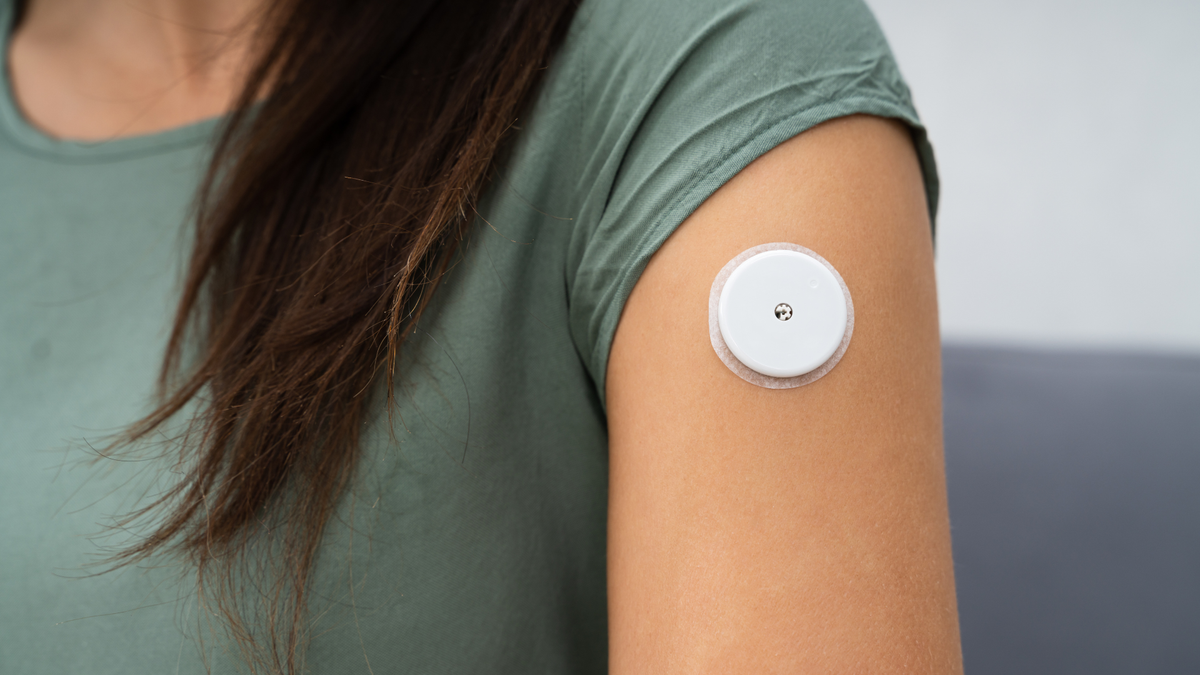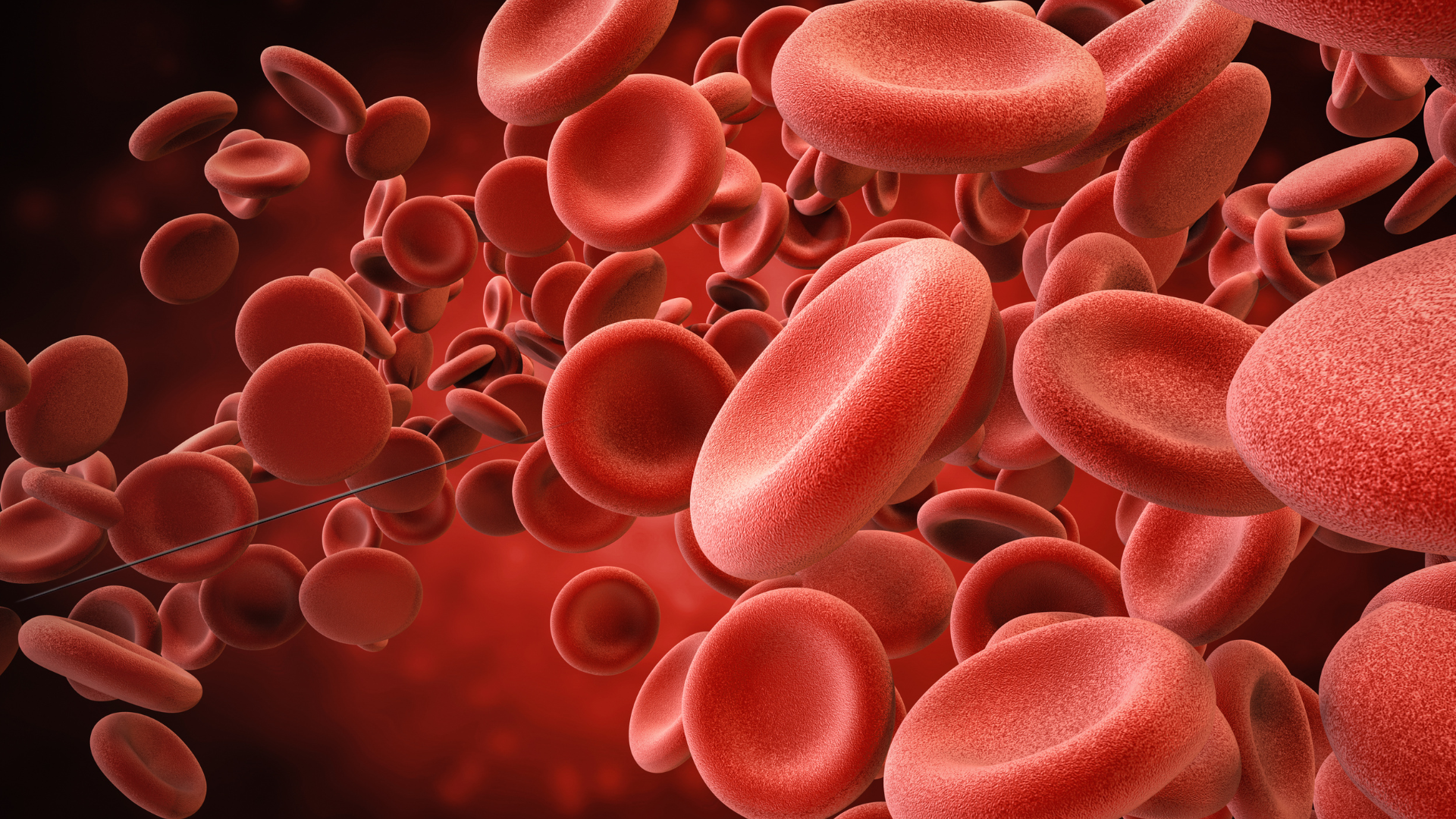How CGM works? - The science behind CGM technology
Discover how Continuous Glucose Monitors (CGMs) provide real-time glucose tracking for diabetics, eliminating frequent finger pricks. Empower your diabetes management with continuous insights for stable blood sugar levels.

Continuous Glucose Monitors or CGMs are devices that provide real-time tracking of glucose levels, making diabetes management simpler. Unlike traditional blood glucose meters that require a finger prick each time you measure, CGMs continuously monitor glucose trends, helping people with diabetes make informed decisions about their health.
A CGM uses a small sensor that goes just under the skin, usually on the abdomen or the back of the arm, where it connects with the interstitial fluid (the fluid surrounding your cells). While blood stays in the blood vessels, nutrients and fluids move through capillary walls into the interstitial space to nourish cells. So, even though blood doesn’t flow directly into this fluid, its glucose levels closely mirror what’s happening in your bloodstream.

Blood glucose is the gold standard for measuring sugar levels. However, interstitial fluid closely follows blood glucose with only a brief delay of about 5 to 15 minutes. Because of this close correlation, CGMs continually track glucose patterns in real time.
Inside the tip of the CGM is an enzyme (often glucose oxidase) that interacts with the glucose in the interstitial fluid, producing an electrical signal proportional to the glucose level. The device then converts this signal into readable glucose readings.
This technology has truly changed the way people with diabetes stay on top of their glucose levels, making day-to-day management more convenient and empowering.
Have you not downloaded the Gurucose App yet? With Gurucose, you can read the readings from the sensor directly.




